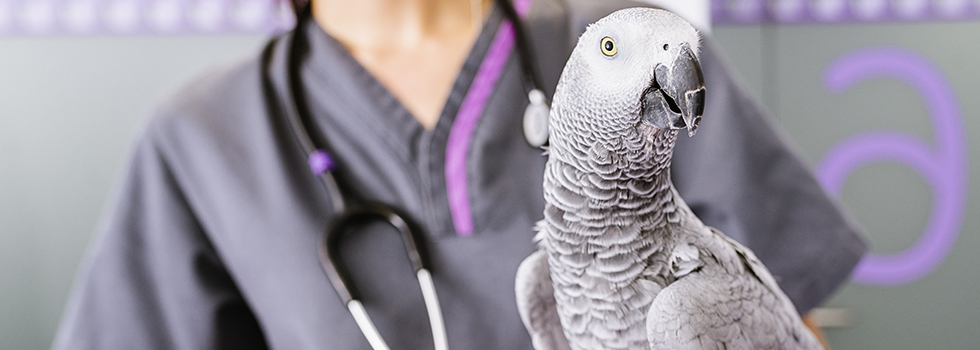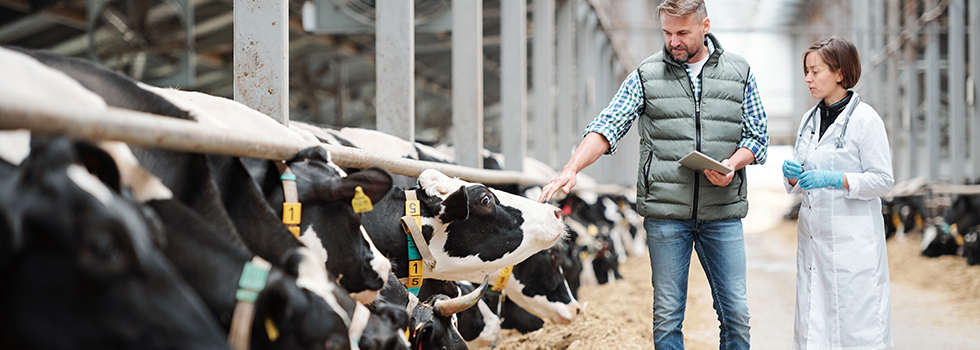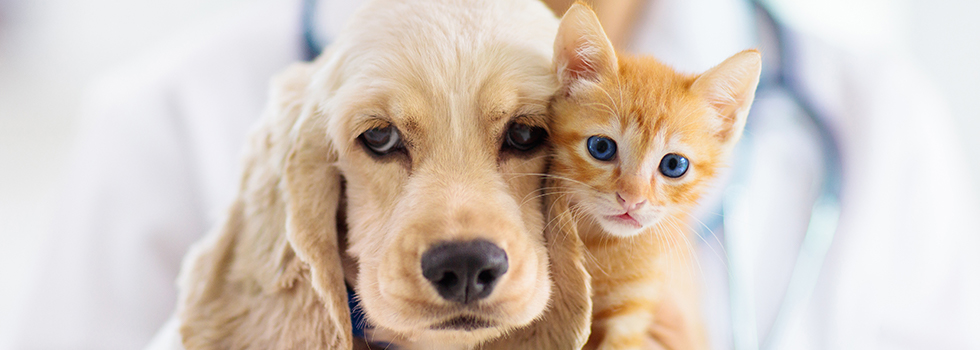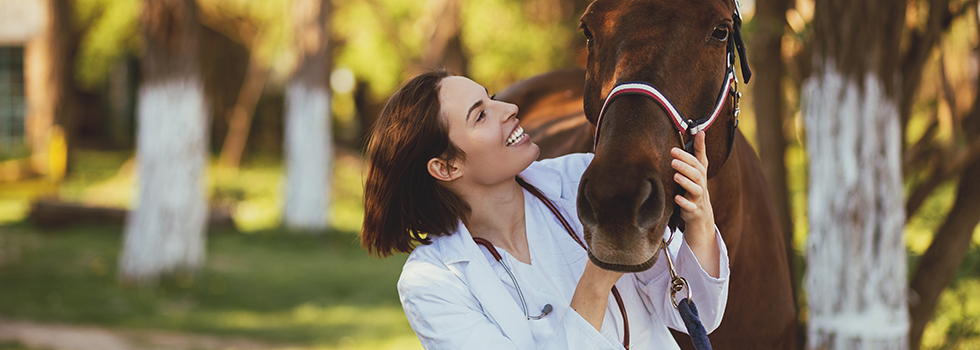The VVMA is excited to offer a FREE webinar for VVMA members—made possible through the support of all the New England VMAs—and presented by the VIN Foundation!
Tuesday January 6th from 7 PM- 9 PM
2 CE Credits for livestream attendance
Join Tony Bartels, DVM, MBA and Rebecca Mears, DVM, to learn how you can Repay Wiser!

For more information and to register, click below:
Registration
Coming in January!!
Bovine CE Programming
Dr Angela Rowson, Senior Technical Services cattle veterinarian, Vaxxinova-
Autogenous Vaccines
More details and registration information to follow soon
Winter CE Program and Registration Details
Saturday March 7th: Equine and Bovine Program
Saturday March 7th and Sunday March 8th: Small Animal Program

New On-Demand CE Library: Details to follow soon!!!
On-Demand Fall Programming Available
Presentations by Sara White DVM, MSc :
Ergonomics in the Veterinary Clinic- 1 CE credit
Soft Tissue Surgical Ergonomics - 1 CE credit
Register for both for a $10 Discount
Your voice matters! The VVMA thrives because of engaged members like you.
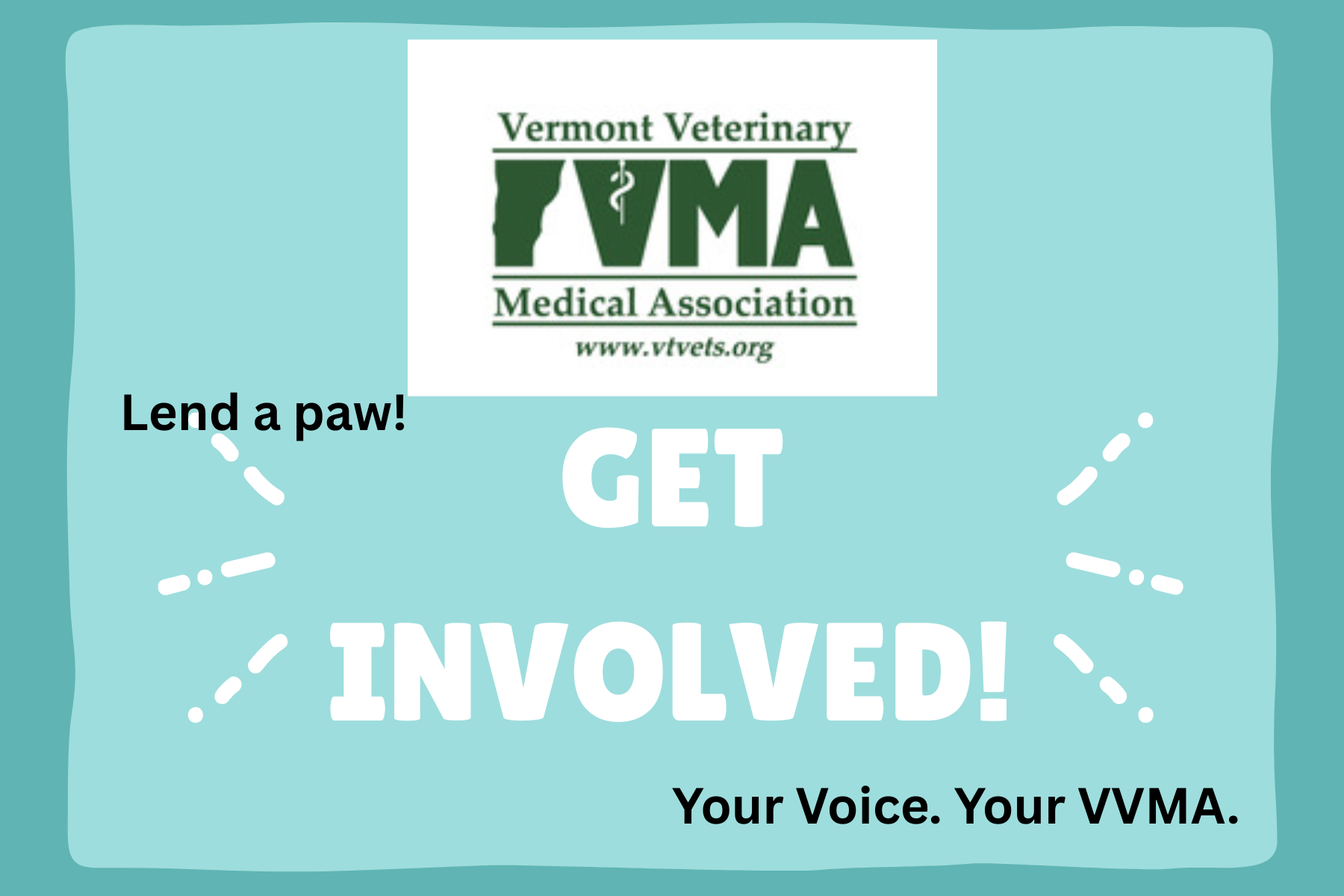
Join a committee, lend your creativity to our social media, or help shape upcoming conferences and member events. Get involved— strengthen your network, grow your leadership skills, and help move veterinary medicine forward in Vermont. Contact [email protected] to find out how you can get involved.
The Department of Health has issued a proposed Reportable Communicable Diseases Rule
The proposed Rule is now in the public comment process which means there is an opportunity to submit written comments until January, 20, 2026 and participate in a public hearing on January 13, 2026. Please email your written comments to [email protected].
The rulemaking proposes to make the following changes to the Reportable Communicable Diseases Rule:
- Adds information about how to report positive tuberculin skin test (TST) results.
- Changes the required reporting period for Brucellosis from “immediately” to “within 24 hours” and Rubella virus from “within 24 hours” to “immediately”.
- Clarifies that although reporting of blood lead levels is not required under this Rule, blood lead results are required to be reported in accordance with Section 6 of the Blood Lead Screening, Reporting and Response Rule.
- Re-organizes the lists of reportable diseases and laboratory findings in humans, grouping arboviruses under a combined “arboviral disease” and “arboviruses” categories.
- Clarifies that encephalitis due to arboviruses is a reportable disease in humans.
- Removes the following diseases from the list of reportable diseases in humans:Removes SARS-COV-2 from the list of reportable laboratory findings in humans.
- COVID-19 (COVID-19 related pediatric deaths are still reportable);
- Encephalitis (unspecified);
- Subclinical infection with Zika virus; and
- Lyme disease (Borrelia burgdorferi and Borrelia mayonii laboratory findings are still reportable).
- Requires reporting of resistance mechanism results (if known) for the following laboratory findings:
- Carbapenem-resistant Acinetobacter baumannii (CRAB) infection/colonization;
- Carbapenem-resistant Enterobacterales (CRE) infection/colonization; and
- Carbapenem-resistant Pseudomonas aeruginosa (CRPA) infection/colonization.
- Adds the following diseases to the list of reportable diseases/laboratory findings in animals:
- B virus (herpesvirus B);
- Hemorrhagic fever viruses; and
- Melioidosis (Burkholderia pseudomallei).
Removes SARS-CoV-2 infection from the list of reportable diseases and laboratory findings in animals.
The public hearing is scheduled for 1/13/2026 at 1:00 PM
Address: 280 State Drive, Room A209 Waterbury, VT, 05671-8300
Click here to join the public hearing
Meeting ID: 283 375 104 382 66
Passcode: bA9HJ2oj
Please visit the Department's webpage here to review the Rule text, monitor the progress of the Rule, or get more information on submitting written comments and participating in the public hearing.
Equine Herpesvirus Myeloencephalopathy (EHM) Outbreak
The Equine Disease Communication Center is monitoring an outbreak of EHM that originated at the Women’s Professional Rodeo Association (WPRA) World Finals and Elite Barrel Race event Nov 5-9 in Waco, TX. For more information about the outbreak, including numbers of cases and states in which the cases have been identified please visit the EDCC website. Please click here for a link to EHV fact sheets for horse owners.
Burlington, VT Seeking Licensed Veterinarian and Certified Animal Behavior Professional To Serve on the Animal Control Committee
The Burlington, VT city ordinance was updated last year to require a licensed veterinarian and certified animal behavior professional be on the Animal Control Committee. They are looking to fill these positions as soon as possible. For more information, please reach out to:
Julia Ginorio
Police Commissioner
[email protected]
802-881-7692
Attention Dairy Veterinarians!
UVM is conducting research on antibiotic use and antibiotic resistance on dairy farms. The goal is to collect data on dairy veterinarian’s perceptions about the issues of antimicrobial use. We will use the data we collect to support a future grant application and write a research publication. Briefly, the project involves meeting on-line using Microsoft Teams to complete an interview of 14 questions, followed by completing an online questionnaire of 22 questions. We estimate completing the interview questionnaire will take about an hour of your time. You will be compensated $200 for completing both the interview and questionnaire. Everything is confidential. Your name or business would never be linked to any results we publish in any grant submissions, scientific journal articles, or presentations at farmer meetings or research conferences. If you are willing to participate, please contact John Barlow or Kaitlyn Crooks at UVM by email.
[email protected]
[email protected]
New World screwworm (NWS) Myiasis Information
New World Screwworm is typically a disease of animals, especially livestock, but can also affect wildlife, pets, and people. Mexico and countries in Central America are reporting cases of NWS in both animals and people. Animals and people may be at an increased risk for NWS infestation if they were in areas where the flies are present, particularly in near infested livestock or other infested animals.
Some steps you can take to prevent infestation:
- Watch for signs of NWS in pets and livestock
- Make sure pets traveling internationally are inspected for screwworm
- Protect pets and livestock from other wound-causing parasites such as ticks
If you think you have found a screwworm, report it immediately to your State animal health official. This will allow USDA-APHIS and partner agencies to respond quickly and remove the screwworms before a population becomes established
Resources:
Updates:
FDA Issues Emergency Use Authorization for Drug to Treat New World Screwworm in Dogs
FDA Issues Emergency Use Authorization for Credelio CAT to Treat New World Screwworm in Cats
IMPORTANT INFORMATION ABOUT RABIES FROM USDA WILDLIFE SERVICES
In Vermont, USDA works with the Vermont Department of Health, Vermont Fish & Wildlife Department, and the Vermont Agency of Agriculture, Food, & Markets, to distribute oral rabies vaccine (ORV) baits targeting the raccoon rabies virus variant (RRVV) and conducts enhanced rabies surveillance (ERS) in northern Vermont to monitor for expansion of raccoon rabies. Close to 10 million ORV baits have been distributed by USDA in Vermont since 1997 to protect people, pets, livestock, and wildlife from this deadly disease. The continued collection and testing of USDA samples is critical to the ongoing success of the ERS effort to eliminate RRVV from Vermont.
Due to the ongoing expansion of rabies into northern Vermont, please report any dead or strange acting raccoons, skunks, foxes, coyotes, or bobcats to the USDA Vermont Rabies Hotline (1-800-4-RABIES; 800-472-2437), especially from the counties of Grand Isle, Franklin, Lamoille, Orleans, and Essex. Vermont veterinarians are a critical partner for rabies surveillance, since wildlife that can carry rabies may be reported during pet exposure evaluations.
For more information on rabies in Vermont, and for guidance on pet exposures to rabies and animal submissions for rabies testing, please visit: https://www.healthvermont.gov/disease-control/zoonotic-diseases/rabies
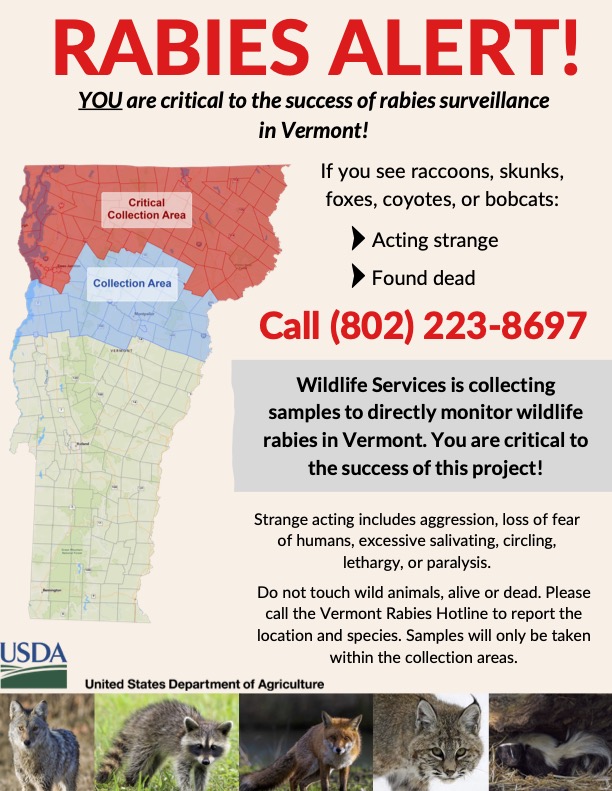
Updated Rabies Post-Exposure Prophylaxis Guidance: VDH Health Advisory
Animal rabies cases are rising in Vermont. So far in 2025, 36 animals have tested positive – mainly raccoons, bats, skunks, and foxes. Most cases are in Orleans, Chittenden, and Franklin Counties, but have been reported throughout the state.
Rabies is fatal to humans if medical care is not given before symptoms start, but rabies postexposure prophylaxis (rPEP) is costly, complex, and in limited supply. Please click here for recommended actions when considering post-exposure treatment
The CDC is seeking help in learning more about backyard poultry owners and their flocks in an effort to improve bird flu prevention activities. Please help by spreading the word and distributing the link to this anonymous survey to backyard flock owners
Please go to https://redcap.link/backyardflock to access the survey
|


